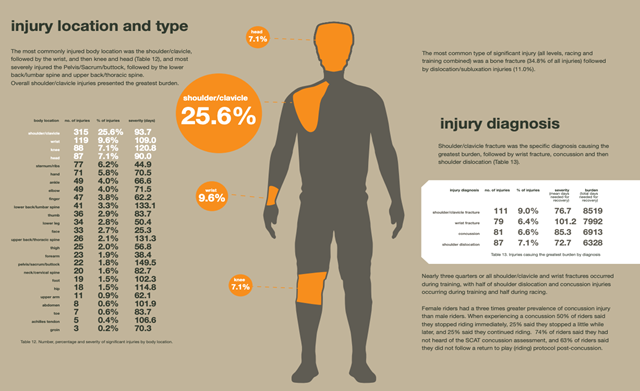Biking and walking trails are essential features in municipalities of all sizes, from large urban centers to small towns. These amenities not only encourage active lifestyles but also provide opportunities for individuals to enjoy the outdoors. While these activities may initially appear to carry minimal risk, the increasing number of insurance claims has prompted the RMA Insurance team to develop this informational document. Its purpose is to raise awareness among our members about the potential risks associated with these activities and to recommend effective risk management strategies.
Although walking trails are generally considered low-risk, mountain biking presents a significantly higher level of danger. This activity often involves high speeds, jumps, and ramps. Among groups of riders, it is common to find that most have experienced injuries of varying degrees. These injuries can range from minor—such as abrasions, bruising, and bleeding—to more severe incidents, particularly fractures. The most frequently reported fractures include clavicle breaks and wrist fractures.
A 2012 study published in Wilderness and Environmental Medicine examined 772 injuries recorded at Whistler Mountain Bike Park. Of these cases, 442 involved fractures, including 122 clavicle fractures and 109 wrist fractures. In total, 57% of all reported injuries were broken bones. Additionally, one in seven individuals sustained head trauma, underscoring the serious nature of injuries associated with mountain biking.
This data supports the conclusion that mountain biking is a high-risk activity that requires the implementation of effective safety measures to protect riders.
See the diagram below which illustrates the types of injuries and their frequency. This diagram is from the Enduro World Series and Edinburgh Napier University’s Enduro Mountain Bike Medical Study.

Risk Mitigation Strategies
- Ensure all trails are free of hazards, including discarded bike parts, helmets, or litter.
- Regularly clear trails of debris resulting from fallen trees or wildlife activity.
- Inspect trails for uneven surfaces or potential tripping hazards.
- Examine ramps and jumps for any signs of damage, structural defects, or wear.
- Mandate the use of helmets and appropriate safety padding for all riders, regardless of age or experience.
- Establish and enforce minimum age requirements for designated bike trails.
- Clearly display the required skill level and specific trail features (e.g., ramps, steep drops) on signage at the trailhead.
- Provide signage that outlines safety considerations for various weather conditions.
- Ensure all signage is clear, highly visible, and easy to understand; the use of diagrams to indicate required skill levels is strongly recommended.
- Record and file all inspections, safety checklists and supporting documentation.
Risk Tools
RMA offers a variety of valuable resources to assist our members in mitigating risk exposure. Among these is the Bike Trail Safety Checklist, designed to help ensure trails remain free of hazards and that clear, accurate information is provided to the public. Members are encouraged to consult both this bulletin and the Bike Trail Safety Checklist when evaluating trail conditions.
For additional information, please contact the RMA Risk Management team at risk@rmainsurance.com.

